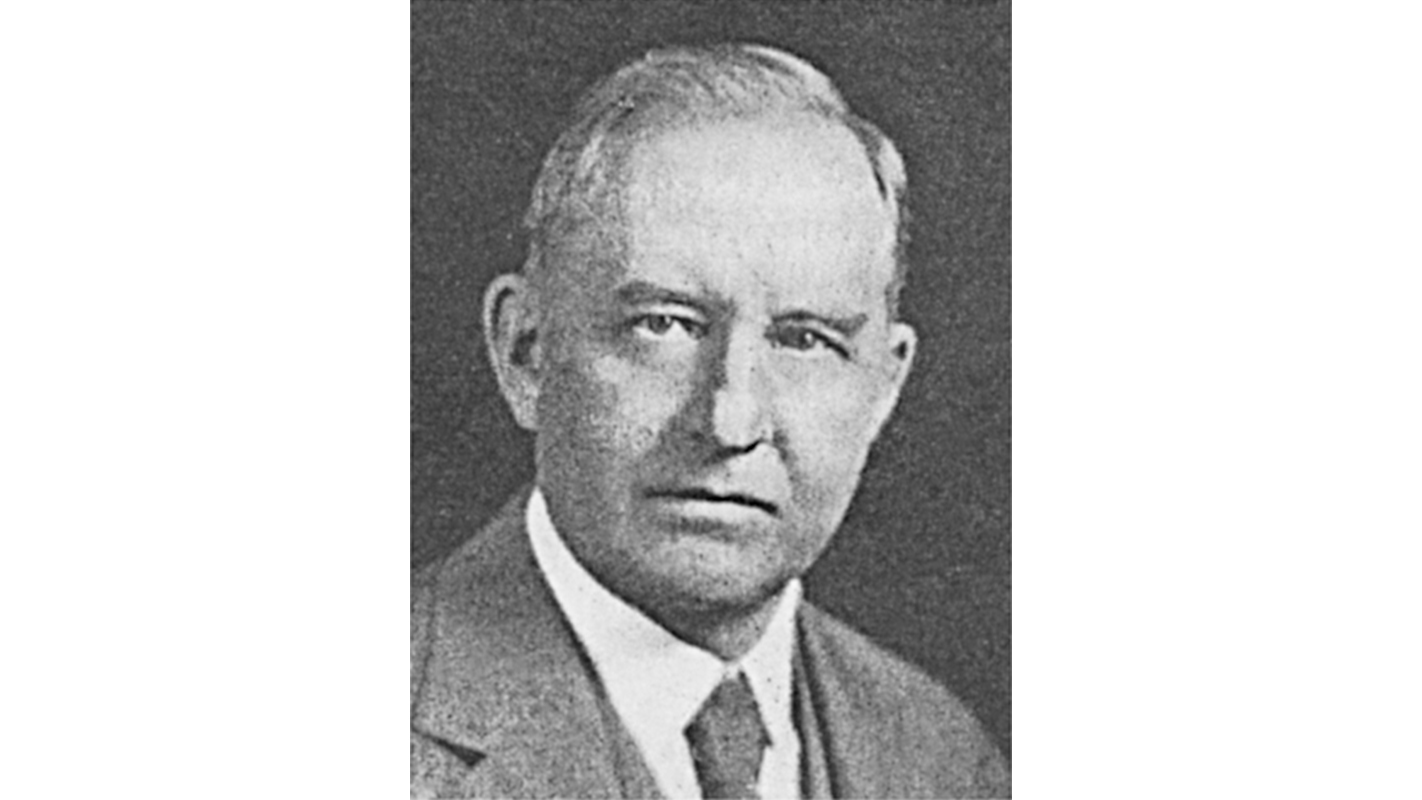Sherbrooke’s Andrew-Sangster Park, established in 1941, was named in memeory of a Scottish immigrant who made a name for himself in heavy industry, land development and in the social sphere of the city.
Andrew Sangster was born in Sherbrooke on February 8, 1868. He was the son of Isabella Michie (1837-1932), from Aberdeenshire, and of James Sangster (1836-1920), from Fintray in Scotland. They had settled in Sherbrooke in 1867 when James had likely been recruited by the management of the textile mill of Andrew Paton, who himself came from Torbrex, Scotland. Andrew Sangster studied in Sherbrooke and in Almonte, Ontario, where his parents had lived from 1877 to 1881. In 1882, he became a weaver in the Paton mill and three years later, in 1885, he was a mechanic at the Jenckes Machine Company. He then worked for a year in Philadelphia, at the William Sellers & Bement Mines. He returned to Sherbrooke in 1890 as a mechanic at the Edison Electric Company. That same year, then 22 years old, he got the position as superintendant of the Canadian Rand Drill Company, a position he held until he retired in 1932. In 1898, he married Emma Maude Giff (1879-1966) at Sherbrooke’s Plymouth Congregational Church,. They had four children: Russell (1899-1901), Dorothy (1902-1966), Muriel (1904-19??) and Gordon (1910-1977).
In 1906, Sangster bought the Fairmount Farm from the Greenshield family. The land extended between today’s Kingston and Kitchener Streets, the Magog River and the old municipal drinking water reservoir, near the park now named after Andrew Sangster. In 1908, he began dividing the northern part of his farm into lots, under the name Fairmount Lots. He intended, among other things, to provide land for the workers of the industrial zone along the nearby Canadian Pacific tracks. The first to occupy them were the workers of the Canadian Rand Drill Company. Land development increased along with the building, in 1919-1920, of the Canadian Connecticut Cotton Mills (which would become the Dominion Textile in 1928). This was on land sold by Sangster. The Sangster home stood at the corner of Galt Ouest and Fairmount streets of today (It now has civic number 1060, Galt Ouest).
Subscribe to The Record for the full story and more






